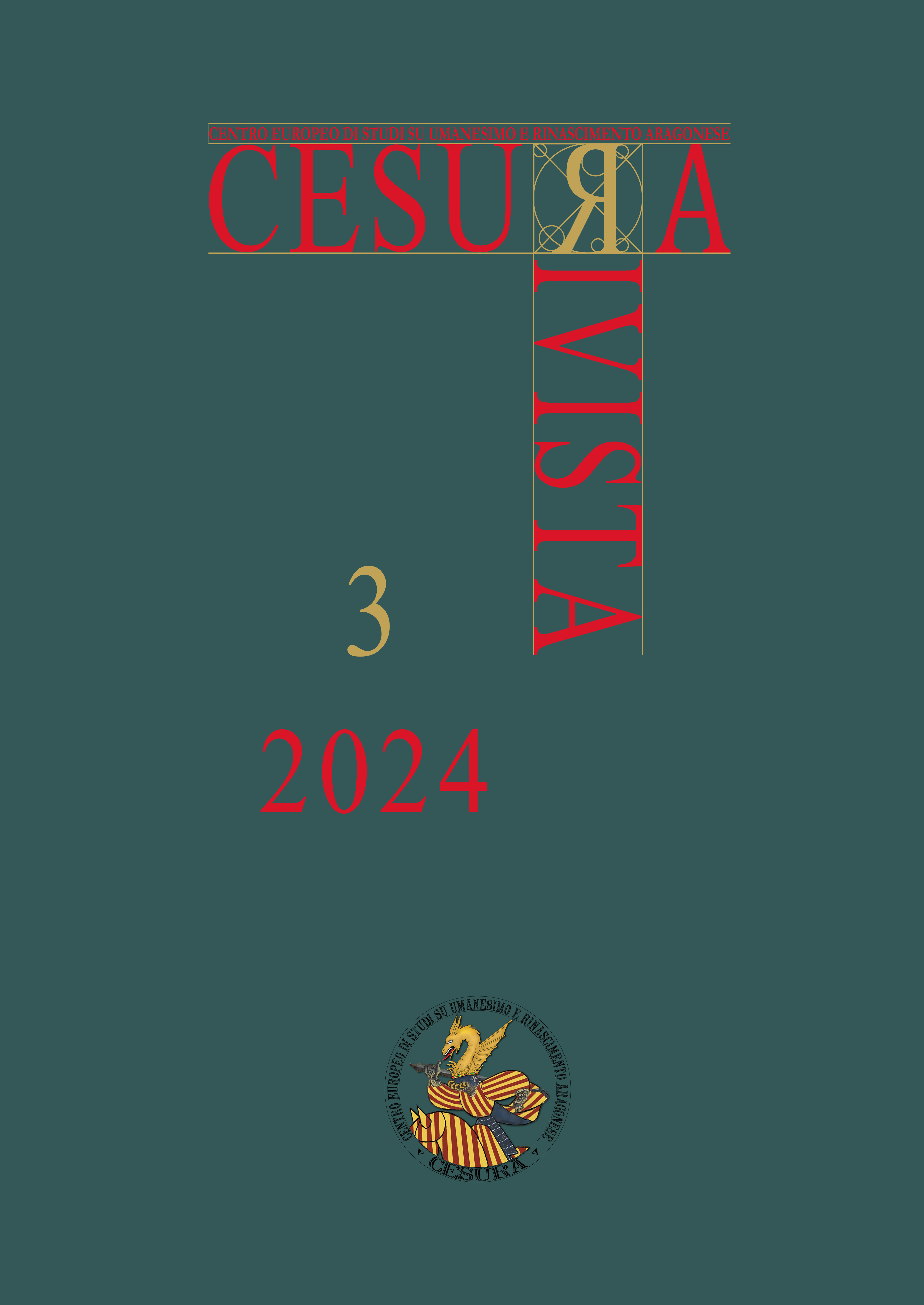Il volto mutevole della difesa
il sistema fortificato di Reggio nel Quattrocento, dalla frammentazione localistica al riassetto istituzionale
DOI:
https://doi.org/10.6093/2974-637X/3110858Parole chiave:
Architettura militare della prima età moderna, Regno aragonese di Napoli, Città demaniali e infeudate del Quindicesimo secoloAbstract
Proposito dello studio è quello di analizzare il complesso degli interventi architettonici che hanno interessato il castrum Rhegii e le mura urbiche a partire dal 1439, quando la città cadde in mano aragonese, fino ai più noti lavori di ammodernamento che interessarono la fortezza tra la fine degli anni Ottanta e gli anni Novanta del Quattrocento. Il fine è, per un verso, quello di mettere in rilievo come i primi interventi si siano probabilmente verificati già nell’ultimo periodo del suo infeudamento ai de Cardona, analizzando una fase della fabbrica ancora poco nota. Per l’altro, lo studio ha lo scopo di valutare se le modifiche di questo ampio complesso architettonico, oltre che trasformazioni meramente formali o di aggiornamento rispetto alle nuove tecniche militari, siano state espressione di un nuovo assetto, per cui il castello, nel sistema delle torri circostanti, diventava il fulcro di un’azione militare in grado di superare il policentrismo e la frammentazione della difesa prima affidata alle fortificazioni circostanti, note come motte castrali, spesso foriere di spinte eversive e filo-angioine.
Downloads
Pubblicato
Come citare
Fascicolo
Sezione
Categorie
Licenza
Copyright (c) 2024 Sara Bova

Questo lavoro è fornito con la licenza Creative Commons Attribuzione - Non commerciale - Non opere derivate 4.0 Internazionale.
I termini della licenza sono consultabili qui.







